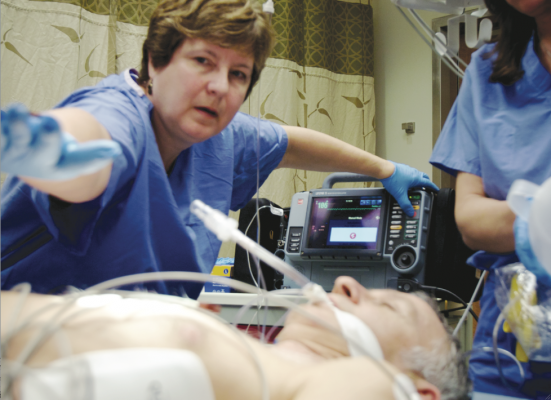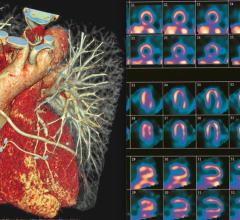
April 15, 2019 — For the first time in the United States, doctors with the American Heart Association (AHA) have outlined best practices for cardiologists to evaluate and manage patients who have heart attacks with no significant signs of coronary artery disease — a condition known as myocardial infarction with non-obstructive coronary arteries (MINOCA). The new document, published in the March 27 issue of Circulation,1 aims to help physicians better recognize patients with this condition, to avoid common misdiagnoses and streamline care. It is especially important for women, who represent a disproportionate number of MINOCA cases.
Jacqueline Tamis-Holland, M.D., associate professor of medicine at the Icahn School of Medicine at Mount Sinai, and associate director of the Mount Sinai St. Luke’s Cardiac Catheterization Lab, led a team of cardiologists from across the world with expertise in caring for patients with MINOCA, to publish this consensus document identifying the best practices.
Until now, the management of patients with suspected MINOCA has varied. There is no clear consensus in clinical practice on addressing and managing these cases, leading to inadequate treatment and potentially putting patients at risk of reoccurrence.
“It is not uncommon for clinicians to misinform their patients regarding their chest pain syndrome,” Tamis-Holland explained. “Unfortunately some patients who have chest pain and elevated heart enzymes, but do not have severe narrowing of their arteries are told that they did not have a heart attack, and this is often an incorrect diagnosis. As a result, doctors often send these patients home without protective medications and don’t tell them about preventive measures.”
The team of cardiologists created an algorithm to develop this new standard of care. Steps are as follows:
-
First, review the clinical presentation and ensure that the patient did indeed have evidence of a heart attack. This generally requires symptoms and/or changes as well as an elevation in the enzymes. An elevation in the heart enzymes alone without symptoms or electrocardiogram (ECG) changes is usually not considered a heart attack.
-
Exclude conditions that might mimic a heart attack.
-
If the findings indeed support a heart attack and not another diagnosis, then consider the various causes. This may require additional testing or investigations.
-
Once the evaluation is complete, ensure that patients receive proper education regarding their condition and provide appropriate therapies to treat the underlying cause of the heart attack.
“This document is a reminder to all physicians that the absence of obstructive coronary artery disease does not exclude the diagnosis of a heart attack. In these cases doctors must consider additional evaluations,” added Tamis-Holland. “We hope this document will provide useful information to clinicians caring for patients with MINOCA, leading to standardized care across the United States, and ultimately pave the way for research focused on etiologic based treatment and prognosis for patients with MINOCA.”
For more information: www.ahajournals.org/journal/circ
Reference
1. Tamis-Holland J.E., Jneid H., Reynolds H.R., et al. Contemporary Diagnosis and Management of Patients With Myocardial Infarction in the Absence of Obstructive Coronary Artery Disease: A Scientific Statement From the American Heart Association. Circulation, March 27, 2019. https://doi.org/10.1161/CIR.0000000000000670


 January 23, 2024
January 23, 2024 








